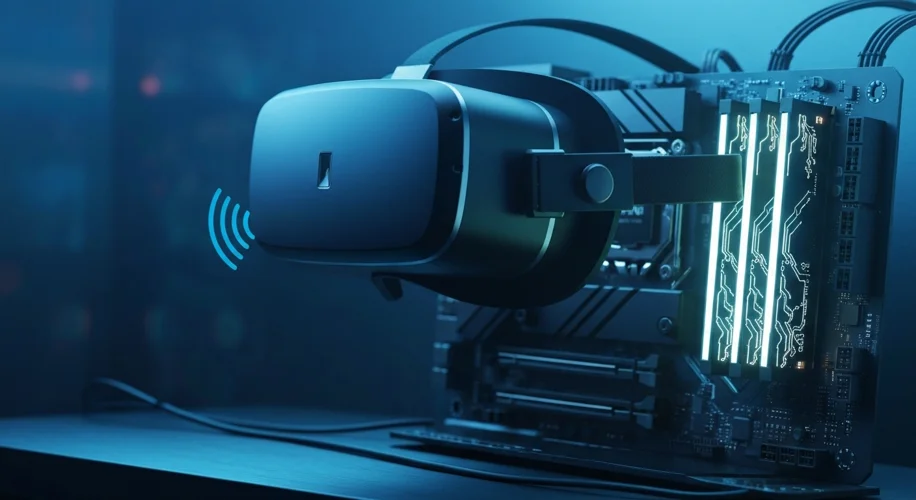Hey everyone! So, you’re diving into the wild world of PC VR and wondering what’s actually making a difference? Today, we’re cutting through the noise and talking about what really matters for a smooth, immersive experience.
RAM: More Than Just a Number
We all know specs are important, but let’s talk RAM. When you’re running demanding VR titles like Half-Life: Alyx, your system can chew through memory pretty fast. If your Video RAM (VRAM) is maxed out, your system’s main RAM starts taking on extra work. This can lead to stutters, dropped frames, and generally a not-so-fun time. Think of it like trying to cram too many things into one backpack – eventually, things start falling out. For PC VR, especially if you’re pushing high resolutions or complex scenes, having ample system RAM (16GB is a solid minimum, but 32GB is becoming the sweet spot) can really help keep things stable when VRAM is struggling.
Headset Showdown: Quest 2 vs. Pico 4 Enterprise Wireless
Wireless PC VR is awesome, right? But not all wireless is created equal. I’ve spent some time with both the Meta Quest 2 and the Pico 4 Enterprise for wireless streaming. The Pico 4 Enterprise, with its newer Wi-Fi 6E capabilities and generally better wireless chipset, often offers a more stable and lower-latency connection compared to the Quest 2, especially in crowded Wi-Fi environments. This translates to less compression artifacts and a more responsive feel, which is huge when you’re dodging Combine soldiers.
Of course, your home network setup plays a massive role. Using a dedicated 5GHz or 6GHz Wi-Fi network, keeping your PC connected via Ethernet, and ensuring your router is reasonably close can make a huge difference regardless of the headset. I’ve found that investing in a good Wi-Fi 6 or 6E router specifically for VR streaming really pays off.
Tuning for Top Titles: Half-Life: Alyx
Half-Life: Alyx is the VR benchmark for a reason. Getting it running buttery smooth often involves tweaking settings. Beyond ensuring you have enough RAM and a stable wireless connection (or wired, if that’s your jam), focus on balancing graphical fidelity with performance. Lowering shadow quality, reducing texture detail slightly if you’re really struggling, or adjusting antialiasing can make a big impact without sacrificing the overall visual immersion. Often, a few minor tweaks can unlock significantly smoother gameplay, letting you really lose yourself in City 17.
Ultimately, PC VR is a balancing act. Pay attention to your RAM, consider how your headset handles wireless, and don’t be afraid to experiment with in-game settings. Happy VR-ing!

